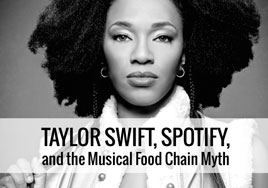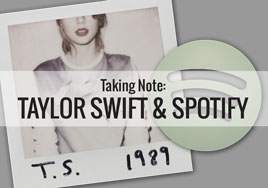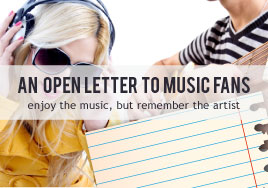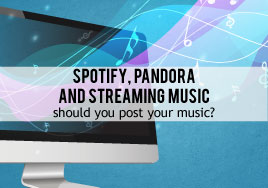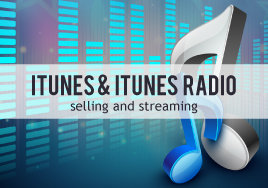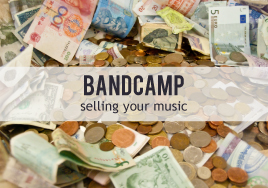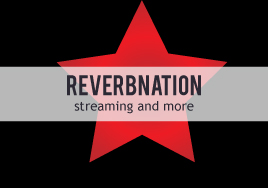Get Your Music on iTunes and Spotify: Digital Distribution with ONErpm
By Estimated reading time: 6 minutesWhen it comes to digitally distributing your music, there are options galore. From the heavyweights like CD Baby and The Orchard, to smaller companies like Mondotunes, you have options, and can pick the distribution company that is exactly right for you.
In this article we are going to take a look at ONErpm. ONEprm is a digital distribution service based in Brooklyn, NY, with offices in Brazil, and a new office opening in Nashville. They are an iTunes preferred partner, as well as one of the largest multi-channel networks on YouTube. They have quite a few options for independent musicians and labels that distribute through them, and we’re going to give you the run down of their most notable features. Lets look at what your options are if you choose ONEprm as your digital distributor.
Pricing
ONEprm has 2 main pricing options. But a great feature of ONErpm is their free distribution service.
- Premium Package-a one time fee of $40 per album, or $15 per single. With the Premium Package, they also take a 15% cut of royalties.
- Arena Package– an annual fee of $30 per album, or $15 per single. You get to keep 100% of your royalties (besides Youtube, but we’ll get into that later).
- Free Option– ONErpm also has a free distribution tier. This option will distribute your music to Spotify, Rdio, Deezer and more. If you choose the free option, you can still opt-in to other stores, you just have to pay a small fee per store. Adding an album to iTunes is only $5, and since ONErpm is a preferred partner, your music could go live in less than 48 hours. This is a really cool option for a single that you only want to release in limited formats, or if you are using streaming services as a marketing tool instead of a distributor.
All major retailers are included in ONErpm’s digital distribution, although you will have to pay extra for ringtone stores and services like Shazam.

ONErpm’s services will cover all your basic digital distribution needs, but ONErpm stands out with a few features that aren’t offered on other digital distribution platforms.
YouTube Certified
One of the major advantages of digitally distributing with ONErpm is their relationship with YouTube. Right now, YouTube is the number one music streaming service in the world, and their music infrastructure is only set to grow. ONErpm is a YouTube certified company, and they have one of the largest multi-channel networks in the world. A multi-channel network, or MCN, is simply a company that works with channel owners to effectively monetize their channel, provide digital rights management, funding, and audience management.
When you distribute your music through ONErpm, you have the option to distribute to YouTube. This doesn’t mean that your music automatically get uploaded onto a YouTube channel, it simply means that ONErpm enters your music into YouTube’s ContentID. When your music is identified in YouTube’s system, you can manage how your music is being used. This means that when people use your songs in their videos, or even re-upload a video that you created, you can locate those videos, and either issue a take-down notice, or file a claim to receive revenue on that video.
ONErpm’s unique connection to YouTube can also help you get extra revenue from your own videos, since ONErpm works directly with advertisers to negotiate a higher ad rate for their channels. They will also help you optimize your YouTube channel for monetization.
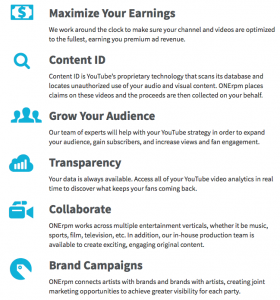
Being a part of ONErpm’s MCN is free and open to any YouTube creator, even if you aren’t a musician, or don’t choose to distribute your music through ONErpm. A nice bonus if you live in the NYC area is that ONErpm has a video production studio that you have free access to as a member of their MCN.
A downside to ONErpm’s YouTube services is that ONErpm takes a 30% cut of all revenue generated from YouTube. However, it may be worth it to let ONErpm handle your YouTube revenue if the money you gain from their higher ad prices equals out the 30% you pay them for managing your account.
If YouTube is an important part of your music, and you’re interested in joining an MCN, ONErpm might be the best distributing option for you. Neither Tunecore or CD Baby offer YouTube ContentID tracking, and they don’t have an MCN.
Marketing Resources
ONErpm also has several marketing options for artists. Their basic package includes social media management, verified profiles on streaming services, and email marketing. You can also upgrade to their specialized marketing services.
Much like CD Baby, fans can also go directly to your profile on ONErpm’s website and download music there. ONErpm has several pricing tiers, and lets you choose which one best fits you. In addition to setting your own prices for your downloads, you have the option to give away a free download in exchange for an email address. You can then download those emails and export them into whatever program you use to send email newsletters.
ONErpm also provides a free Facebook app that lets fans download music directly from your Facebook page. You can use this app to sell singles, full albums, or give away a download in exchange for an email. You can make this app the landing page for your band’s Facebook profile, and use “fan-gating” to ask users to like your page before they have the option to download your music.
ONErpm also gives you analytics, and monthly sales reports. You get paid through Paypal, and can withdraw funds whenever you like.
Your Choice
ONErpm’s digital distribution has some great benefits, and they offer a great deal of flexibility to artists in terms of services and price points. This personalization helps makes them a good choice for indie artists.
ONErpm might be the right distributor for you if:
- You are interested in flexible pricing options, or free distribution to streaming services
- You would like to sell your music directly on Facebook
- You are interested in joining a YouTube MCN, and want someone to help you monetize your YouTube account.
- You want your distributor to give you marketing support.
As you are looking for a digital distributor, keep your individual needs in mind. With so many companies offering similar services, make sure you find the company that best fits your needs as an artist.
Have you used ONErpm? What was your experience? Let us know in the comments below!
Related Articles:
- Selling Your Music On MondoTunes
- 5 Website to Sell Music Online
- Increasing Your Exposure: Streaming Music
1 Comment
...Keep Reading






